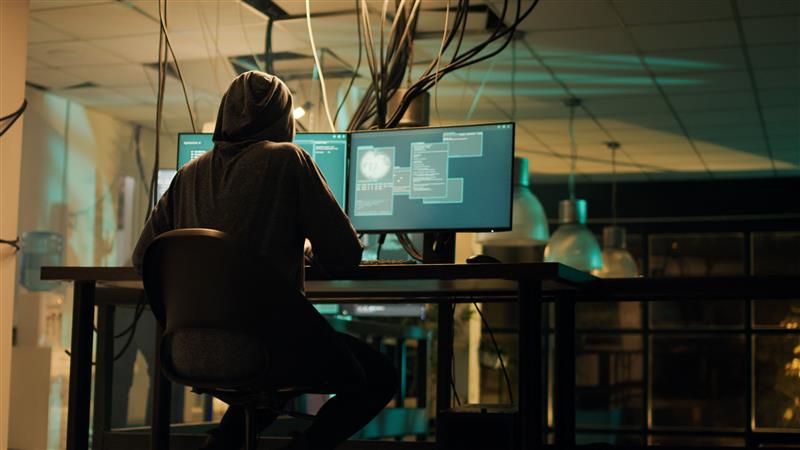Security News
- October 29, 2025DragonForce, a Ransomware-as-a-Service group first observed in 2023, rose to greater prominence in 2025 after a series of notable attacks linked to the group. Despite its unclear origins, what is evident is its rapid evolution and its aggressive, affiliate-driven model, marking it as a rising threat to watch out for.






 Complexity and Visibility Gaps in Power Automate
Complexity and Visibility Gaps in Power Automate AI Security Starts Here: The Essentials for Every Organization
AI Security Starts Here: The Essentials for Every Organization The AI-fication of Cyberthreats: Trend Micro Security Predictions for 2026
The AI-fication of Cyberthreats: Trend Micro Security Predictions for 2026 Stay Ahead of AI Threats: Secure LLM Applications With Trend Vision One
Stay Ahead of AI Threats: Secure LLM Applications With Trend Vision One